According to research, female cats can ask for a partner up to 10 times a year. As for male cats, they experience sexual arousal every time they smell cat pheromones. Sexual activity in cats usually increases in spring, and in February, they begin to strive for procreation. Heart-rending screams, territory marking, and restless behavior generally accompany this. After repeated attempts to put the pet to rest with particular drugs to regulate sexual desire, the owners decide to perform cat neutering, i.e. castrate the pet. This is a reasonable decision if you do not plan to raise offspring from your furry friend.
What is cat neutering (castration), and why is it needed?
Sterilization (castration) is a surgical operation that involves the removal of the genitals and female cats. Many people mistakenly assume that male cats can only be castrated and male cats can only be sterilized. However, these procedures can be performed on both sexes. During castration, the uterus and ovaries are removed from females, and the testes and a specific part of the spermatic cord from males. Sterilization involves removing only the ovaries of cats.
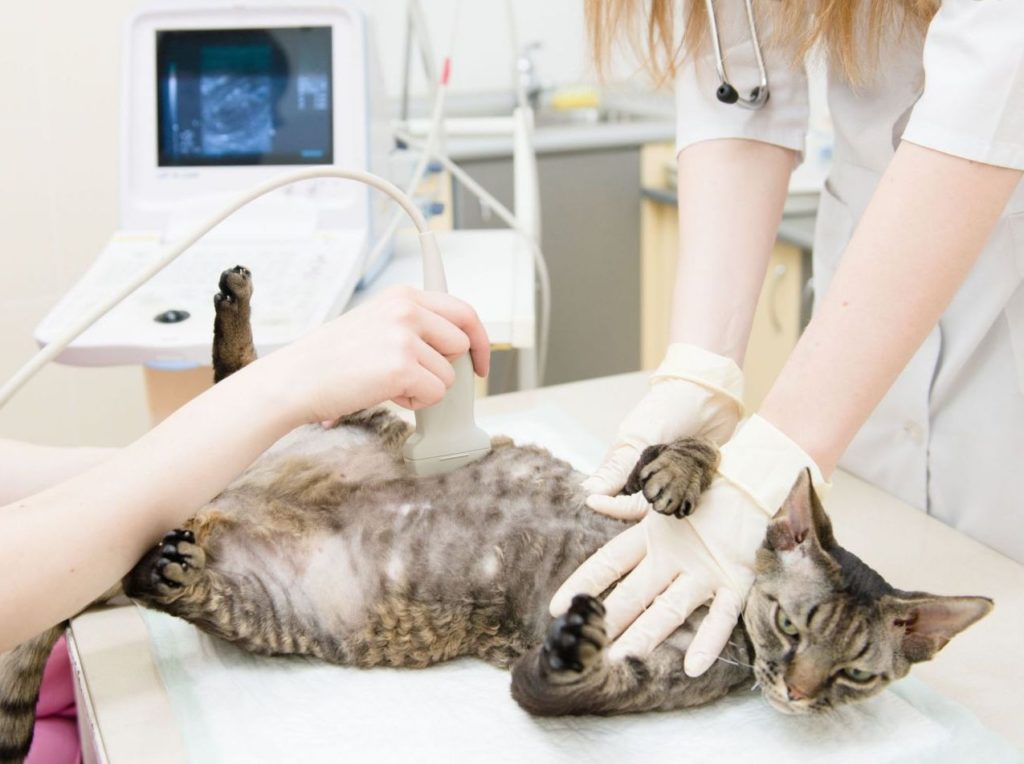
Castration or sterilization allows you to avoid many of the unpleasant consequences of your pet’s sexual desire and increase its life expectancy. After the procedure, the animal becomes less active, more affectionate, and more flexible, contributing to weight gain. In addition, the risk of tumor formation and the development of various genitourinary system diseases is reduced.
At what age is it better to spay or neuter?
According to veterinarians’ recommendations, sterilization in females is best done at the age of 7-8 months. Surgery earlier may cause abnormal development. If the animal weighs more than 2.5 kg, sterilization is sometimes allowed at six months of age. This procedure can also be performed on older cats, but the older the pet, the more unpleasant consequences the operation can cause. Cats over ten years old first undergo a heart ultrasound, a smear for possible sexually transmitted infections, a urine test, and a biochemical blood test.
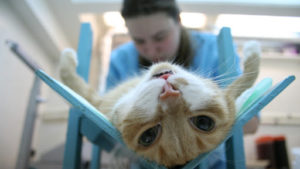
For cats, the most optimal age for castration is 7-8 months. The final development of the genital organs occurs between 1 year and one and a half years. Thus, after the operation, the cat will be sterile but retain its sexual activity. Some owners strive to castrate as early as possible, but doctors advise against doing this since, after this, the cat may lag in development.
”‹Methods of sterilization and castration
There are three main methods of sterilizing cats:
- Ovariectomy – a surgical intervention that helps to stop the functioning of the ovaries by removing them. This prevents the animal from reproducing and reduces the risk of uterine diseases and cancerous tumors. In this case, the ovaries can grow back.
- Tubal ligation – performing a tubal ligation procedure makes egg fertilization impossible. This method of sterilization is the safest but also less effective than others. Since the ovaries continue to function after a tubal ligation, your cat can still become pregnant, which is less likely.
- Ovariohysterectomy (castration) is an operation during which the uterus and ovaries are entirely removed. This method is considered the most effective but also the most invasive. It is an excellent prevention of diseases of the reproductive system (pyometra, uterine cancer, endometritis).
Castration of cats can be performed using two main methods:
- Closed ” The testes are removed along with the vaginal membrane.
- Open – the most common method in which all layers of the seminal sac are dissected; that is, the testis is wholly removed. This method is further divided into two types:
- ordinary ” when ligating the testes, the suture material is used;
- natural ligature:” The spermatic cord lens the vessel.
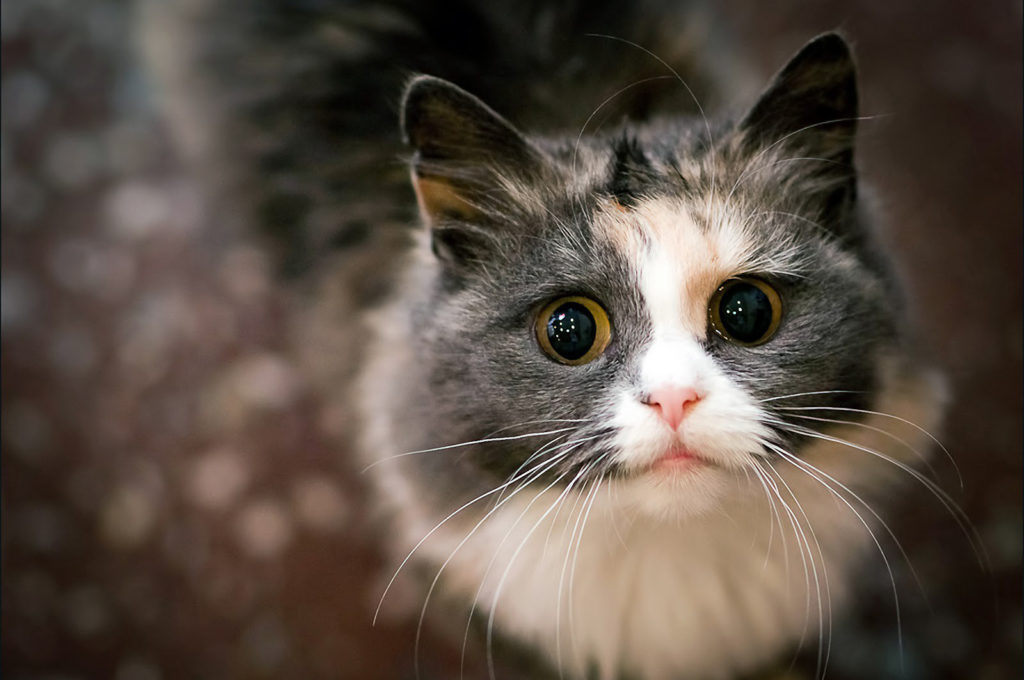
”‹Preparation and performance of sterilization and castration surgery
For castration or sterilization to take place quickly and successfully, it is essential to approach preoperative preparation responsibly. Before taking your cat to the veterinary clinic, consider the animal’s health condition. It is crucial that your pet has a good appetite, looks cheerful, and has shiny fur. If a four-legged dog has worms, you should give him an antihistamine. Vaccination is no less critical. If you have never been vaccinated, wait until your body restores its immunity.
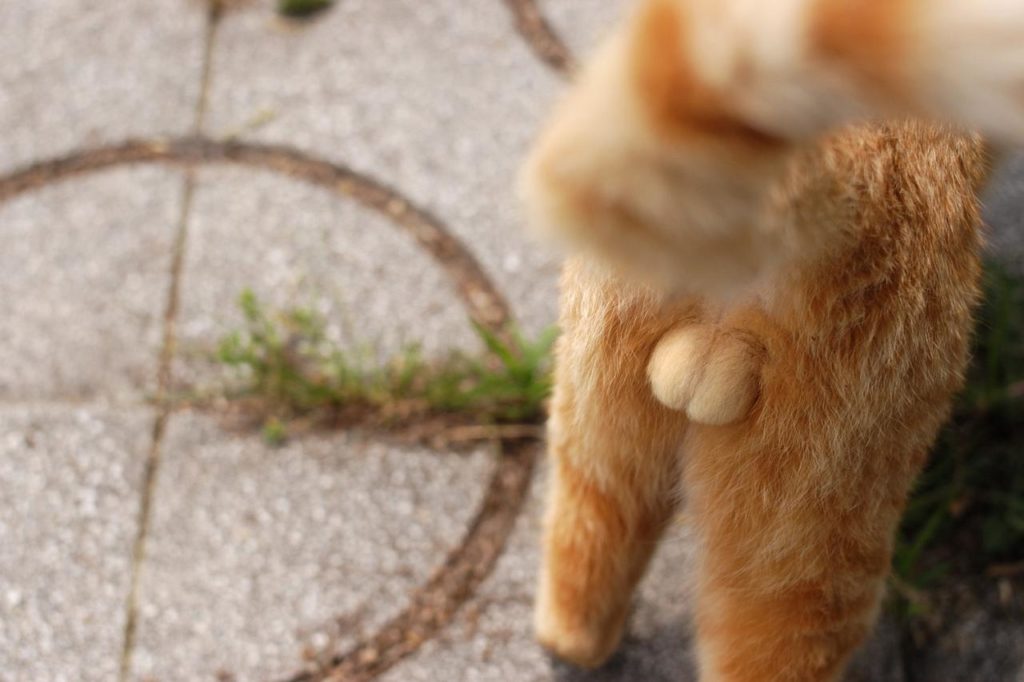
Before the operation, which usually lasts about 20 minutes, the animal is temporarily put to sleep so it is under general anesthesia. Therefore, one of the obligatory requirements of veterinarians is a starvation diet; the animal should not be given food for 8-12 hours and water for 3 hours before surgery. This provides an easier recovery from anesthesia. Going for a long time without food can cause your cat to experience stress. But you should not give food, no matter how much he asks.
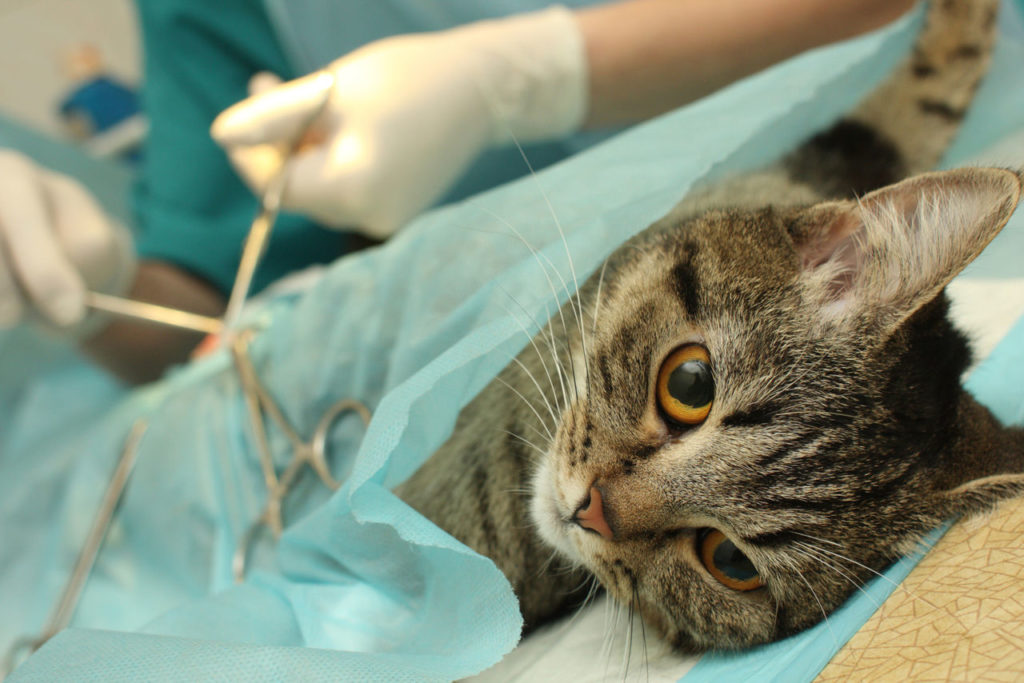
Taking your veterinary passport (if you have one) and a particular carrier to the hospital will be manageable. The latter is needed for convenient cat transportation, especially when taking the animal back after surgery. Also useful are napkins (in case the cat pees itself), a warm blanket or blanket, and a pen and notepad for writing down the veterinarian’s recommendations for the animal’s further rehabilitation.
Rehabilitation period after sterilization/castration
For 2-3 hours after recovery from anesthesia, the pet will feel thirst, weakness, dizziness, and even nausea. Therefore, when your tailed friend wakes up, it is essential to have a caring owner nearby who will calm him down. Since the furry patient’s temperature drops significantly during surgery, slight chills are possible upon awakening. Providing him with a warm and cozy place to sleep is essential. This could even be a place on the floor; the main thing is that there are no drafts. At first, it will be difficult for the animal to navigate in space and get to the toilet, and a disposable diaper placed under it will not be superfluous in case of involuntary urination.
Postoperative care for a cat after spaying or sterilization may include treatment of sutures. But, as a rule, wounds heal quickly, even without human help. If the cat/cat constantly licks or chews the stitch, you should put a unique protective collar on it, removing it only when eating. An alternative option is a protective blanket. To avoid injuries and unnecessary stress on the seams, it is better to ensure that the pet does not try to jump onto its usual high places (sofa, chair, table, etc.). If he trips or falls, pick up and place the bedding on his right side to reduce the stress on his heart.
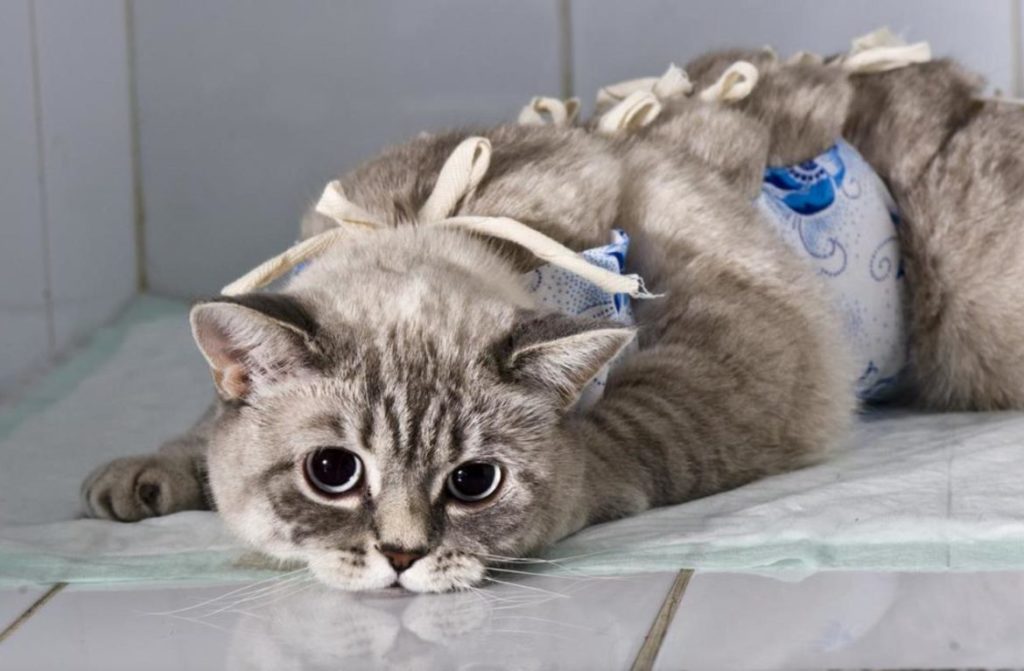
In cats, post-operative rehabilitation can last up to a week; recovery may take only one day. Relationships with the opposite sex will no longer bother them, but their appetite increases sharply. It is pretty standard if a castrated/sterilized animal becomes a little fatter than usual nutrition. Play with him more, making him run and jump more. After surgery, the risk of developing urolithiasis increases. If the cat licks the genitals intensively, drops urine, or contains blood, choose food low in calcium, phosphorus, and magnesium.
Let your pets always be healthy!
Video: choose to spay or neuter your cat




